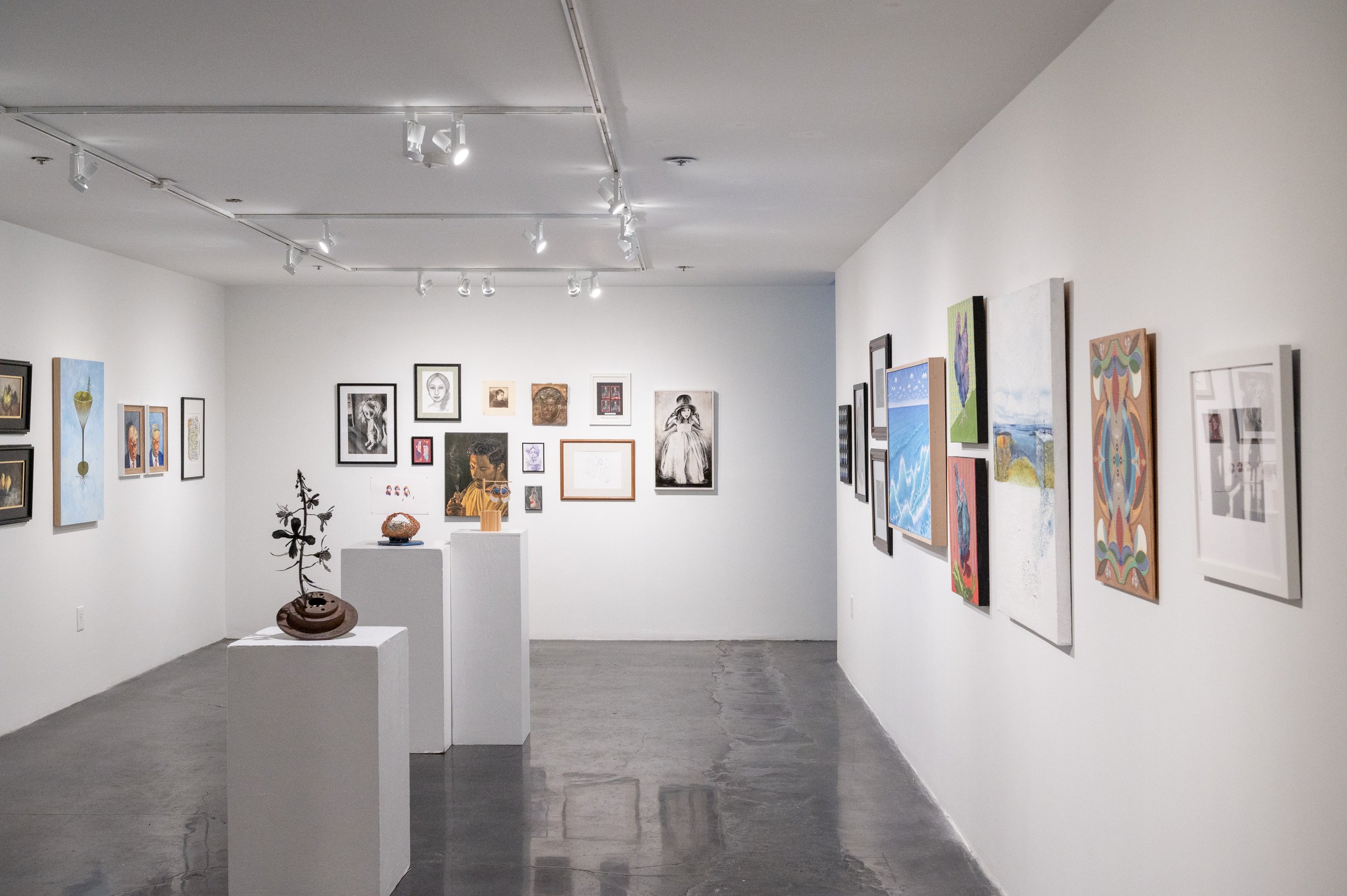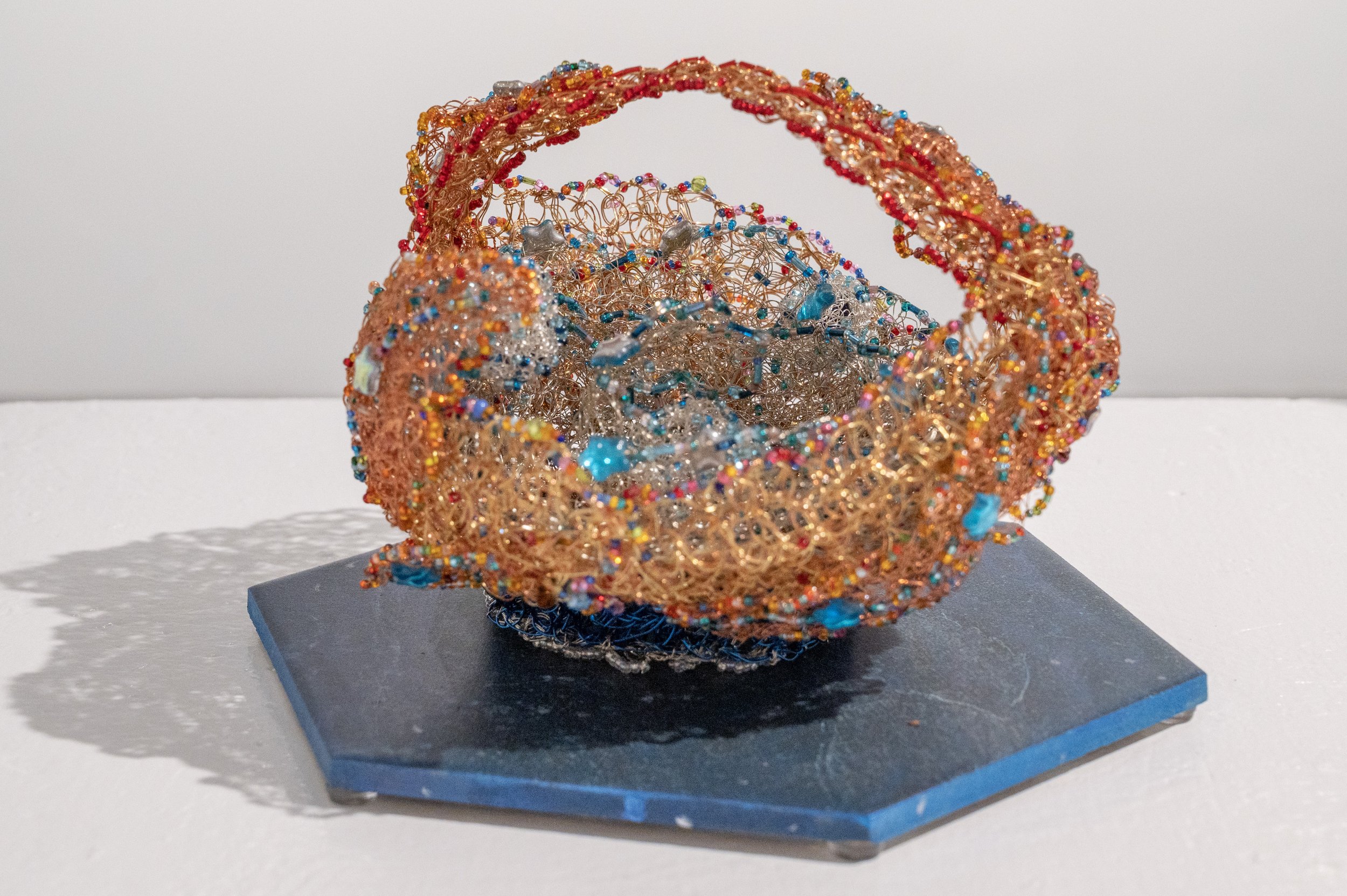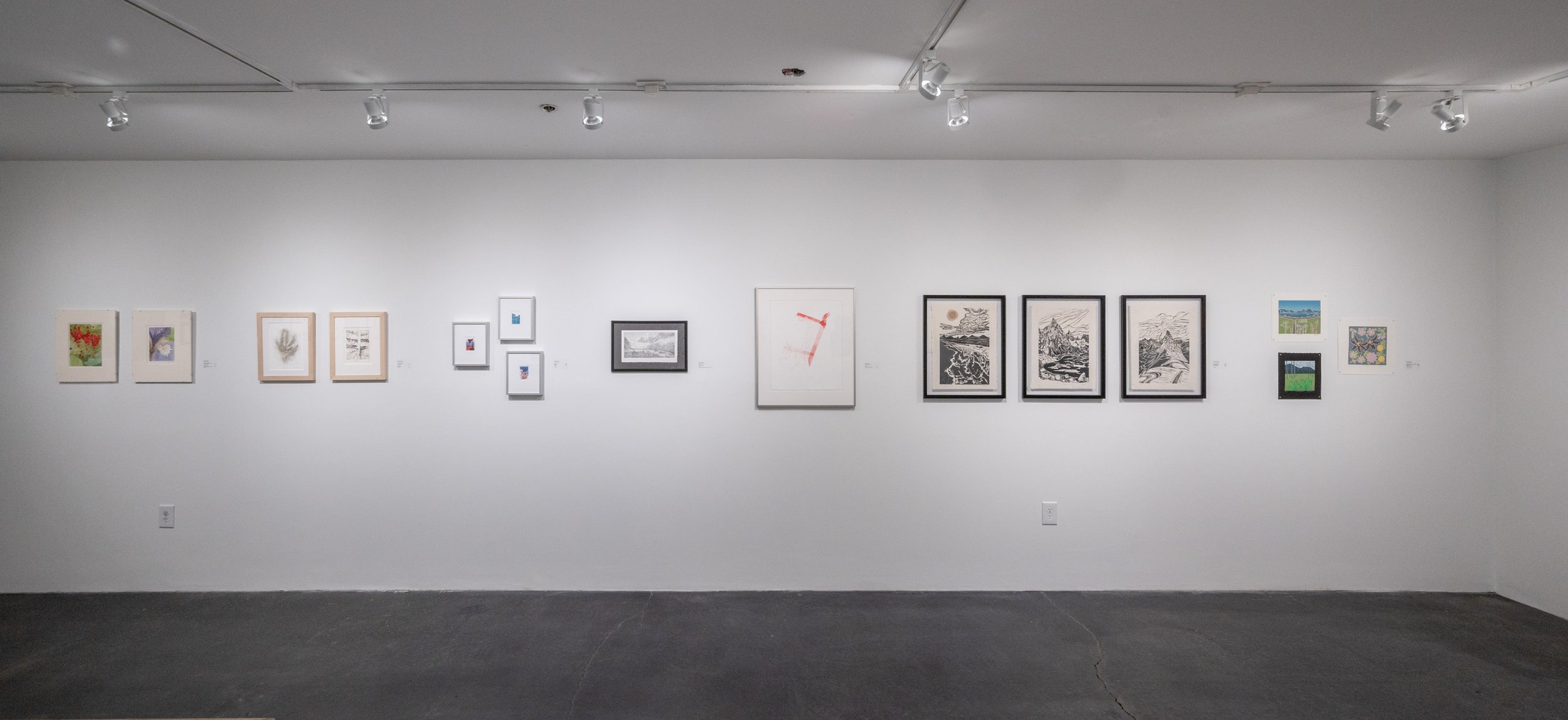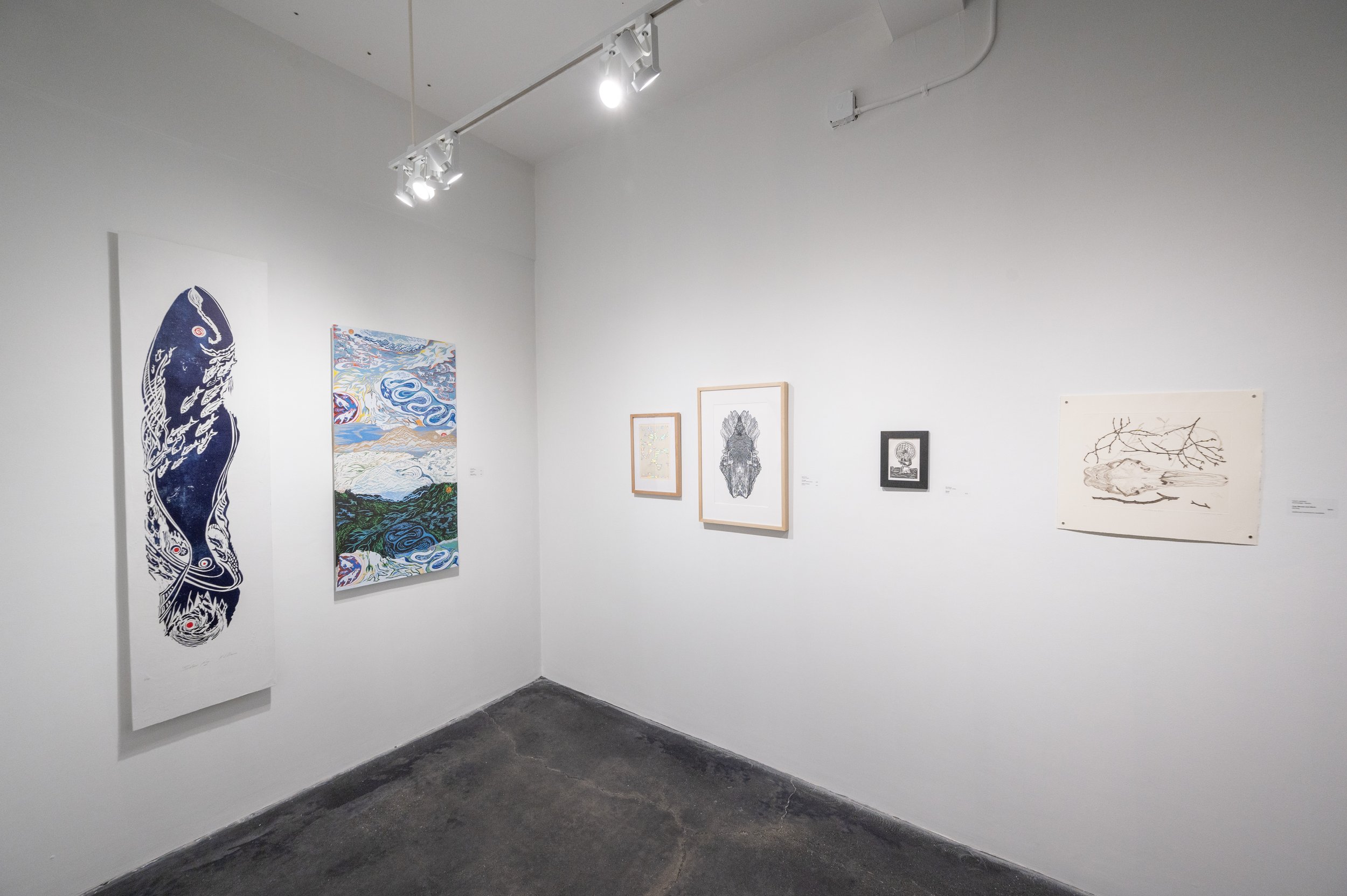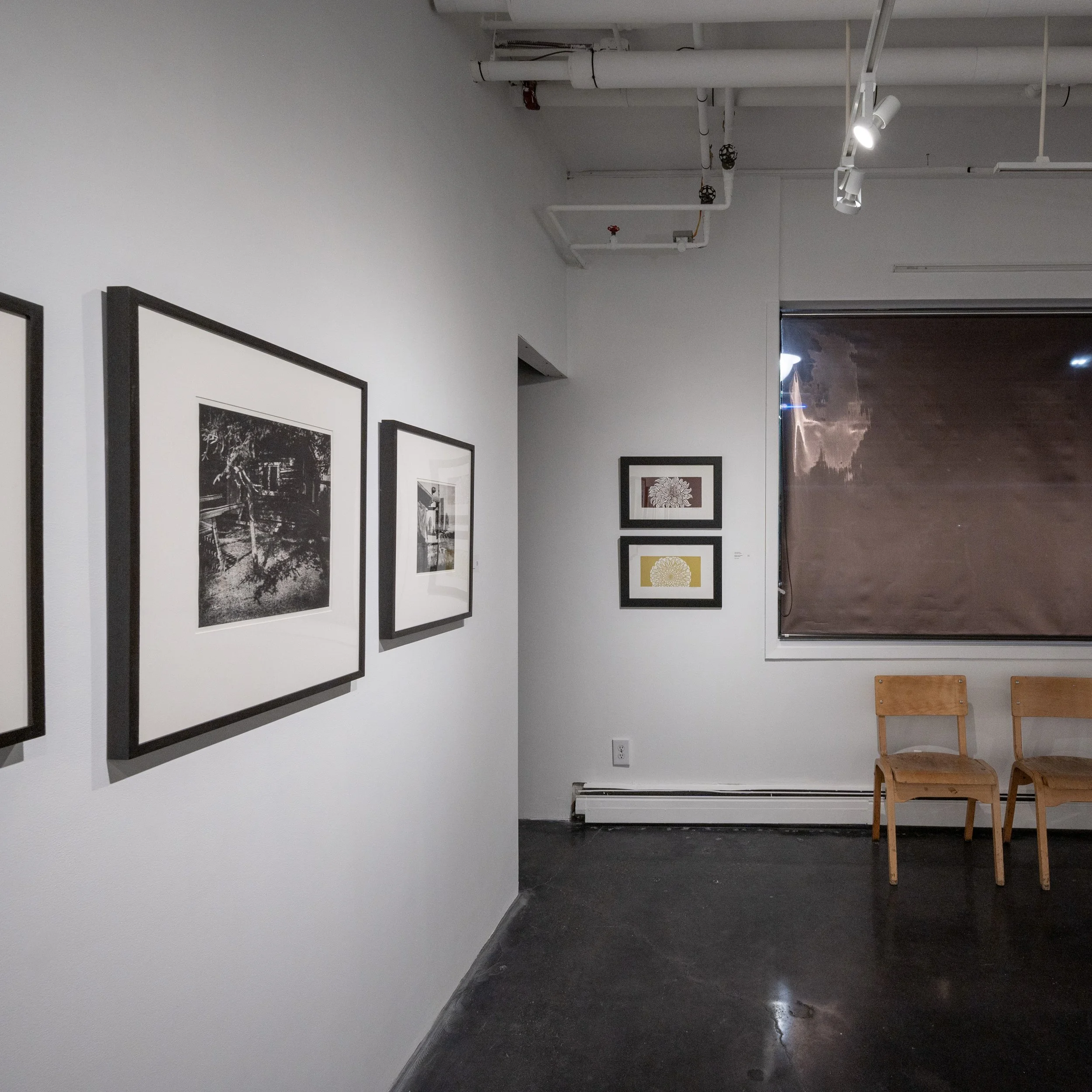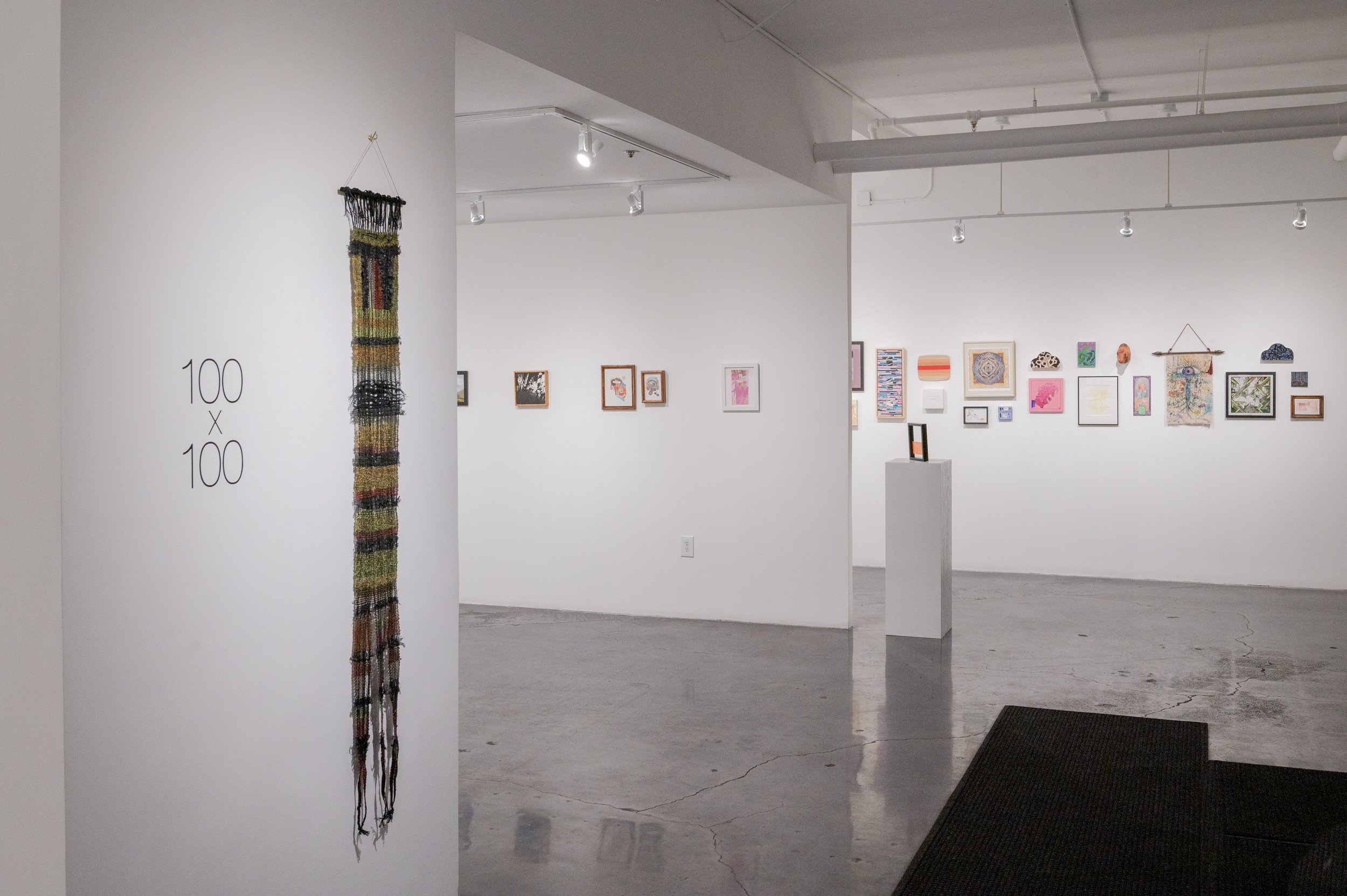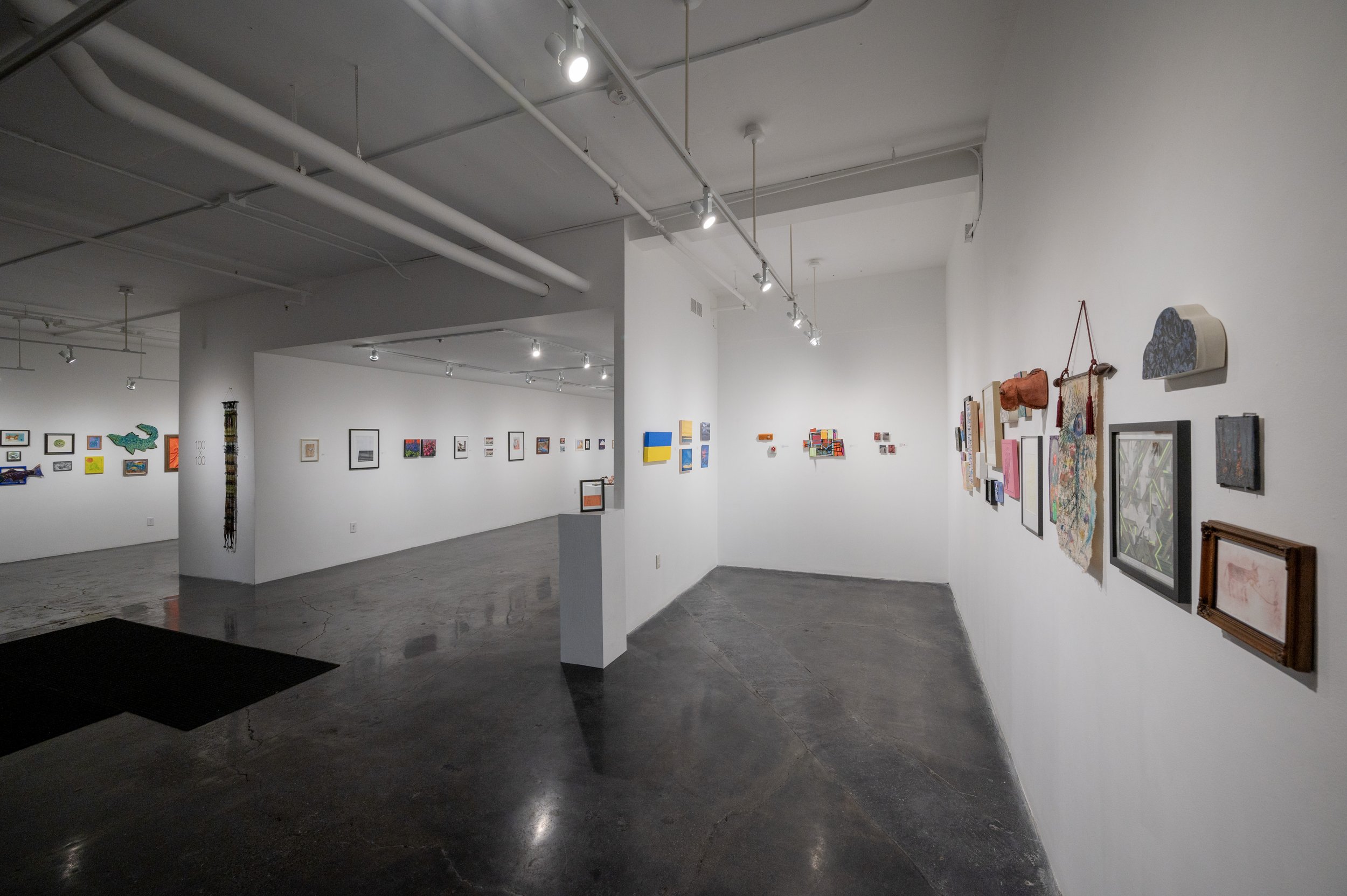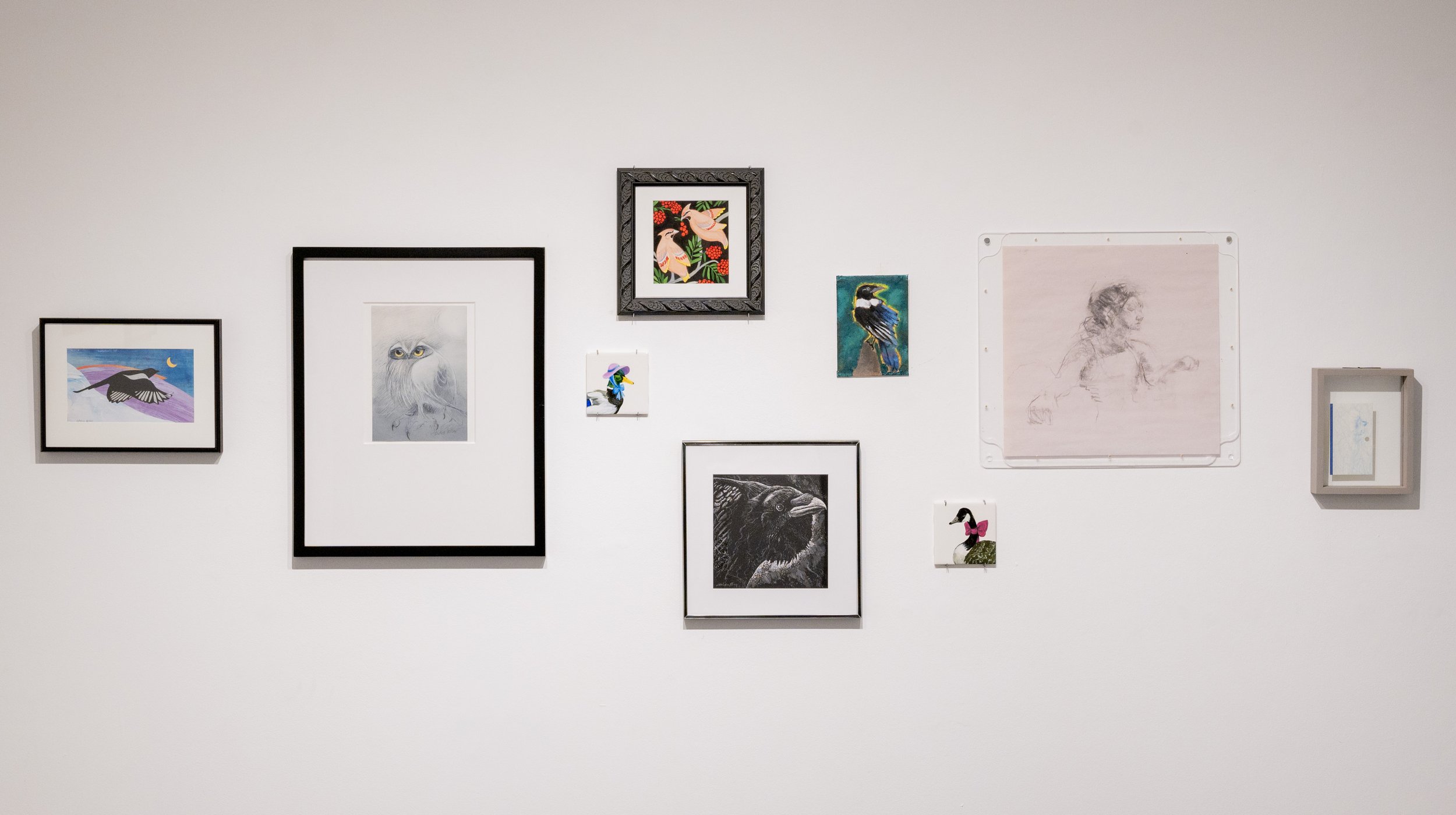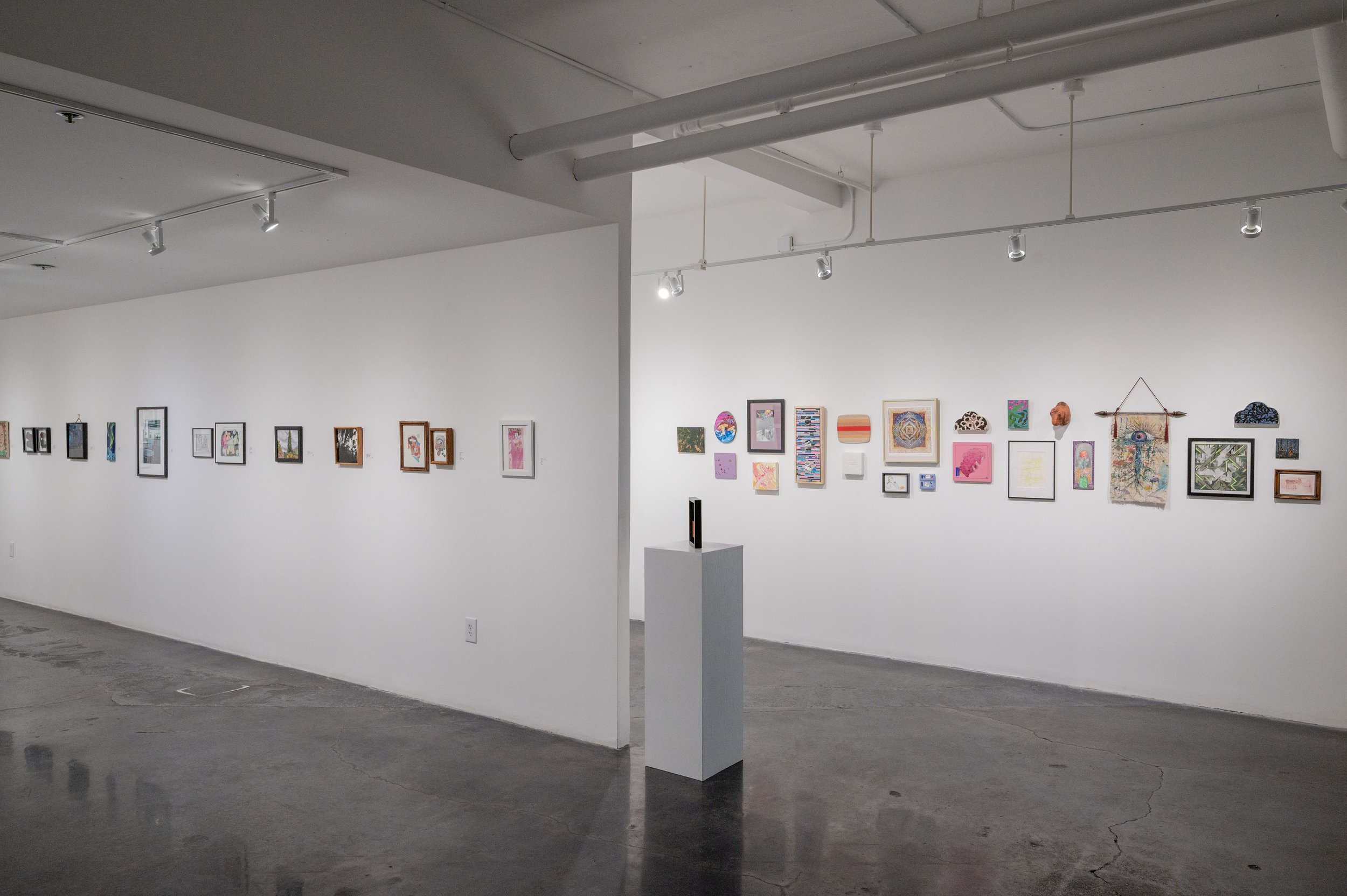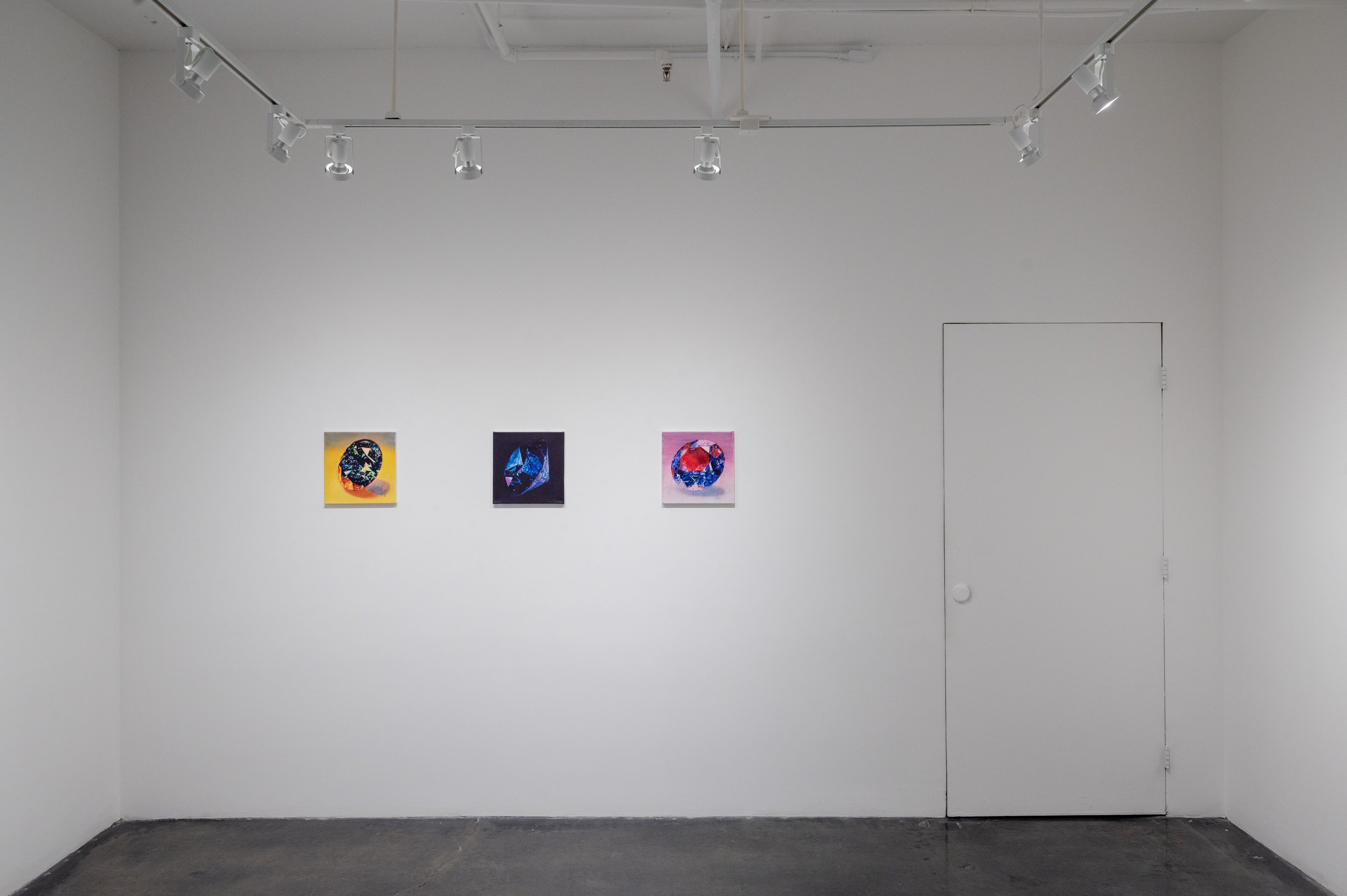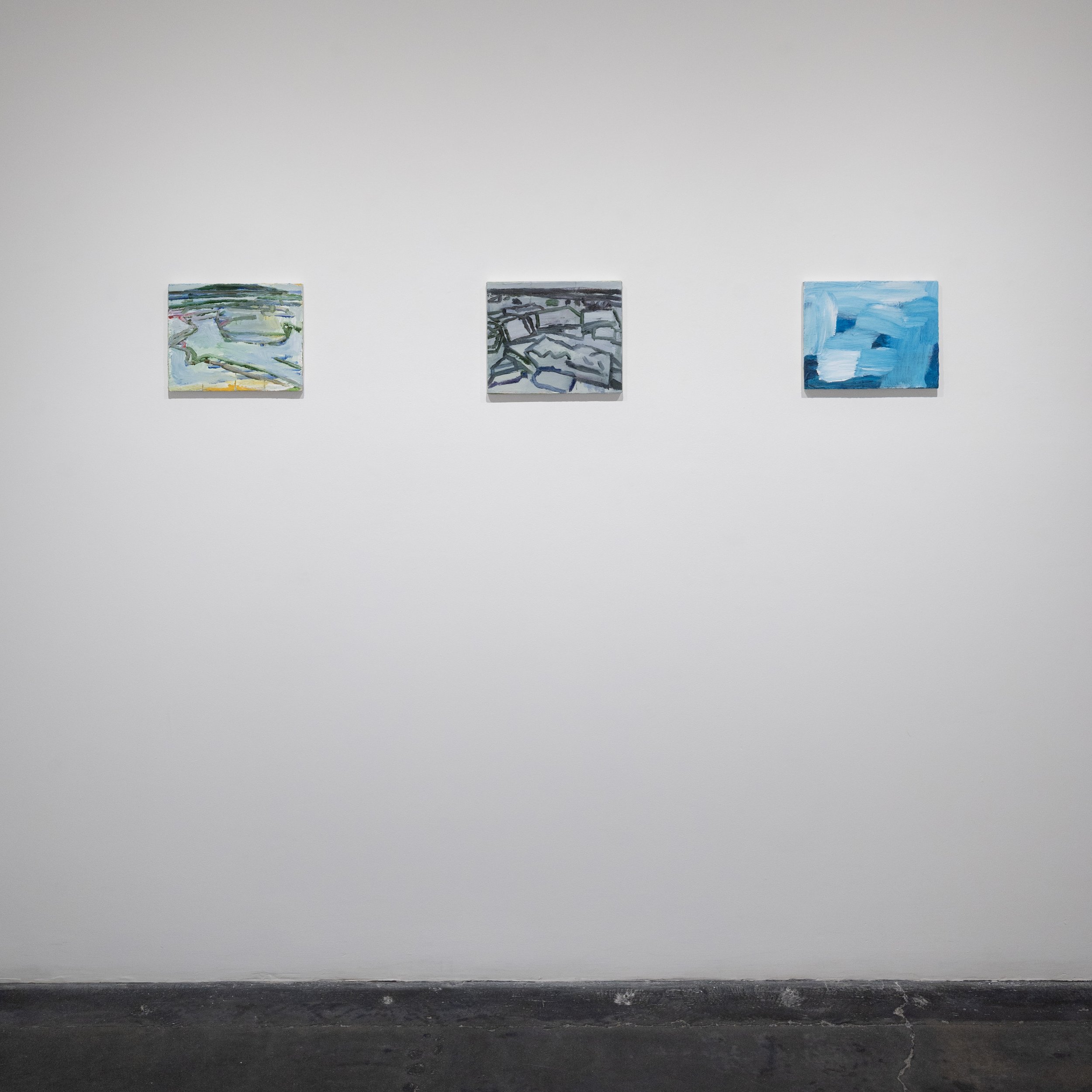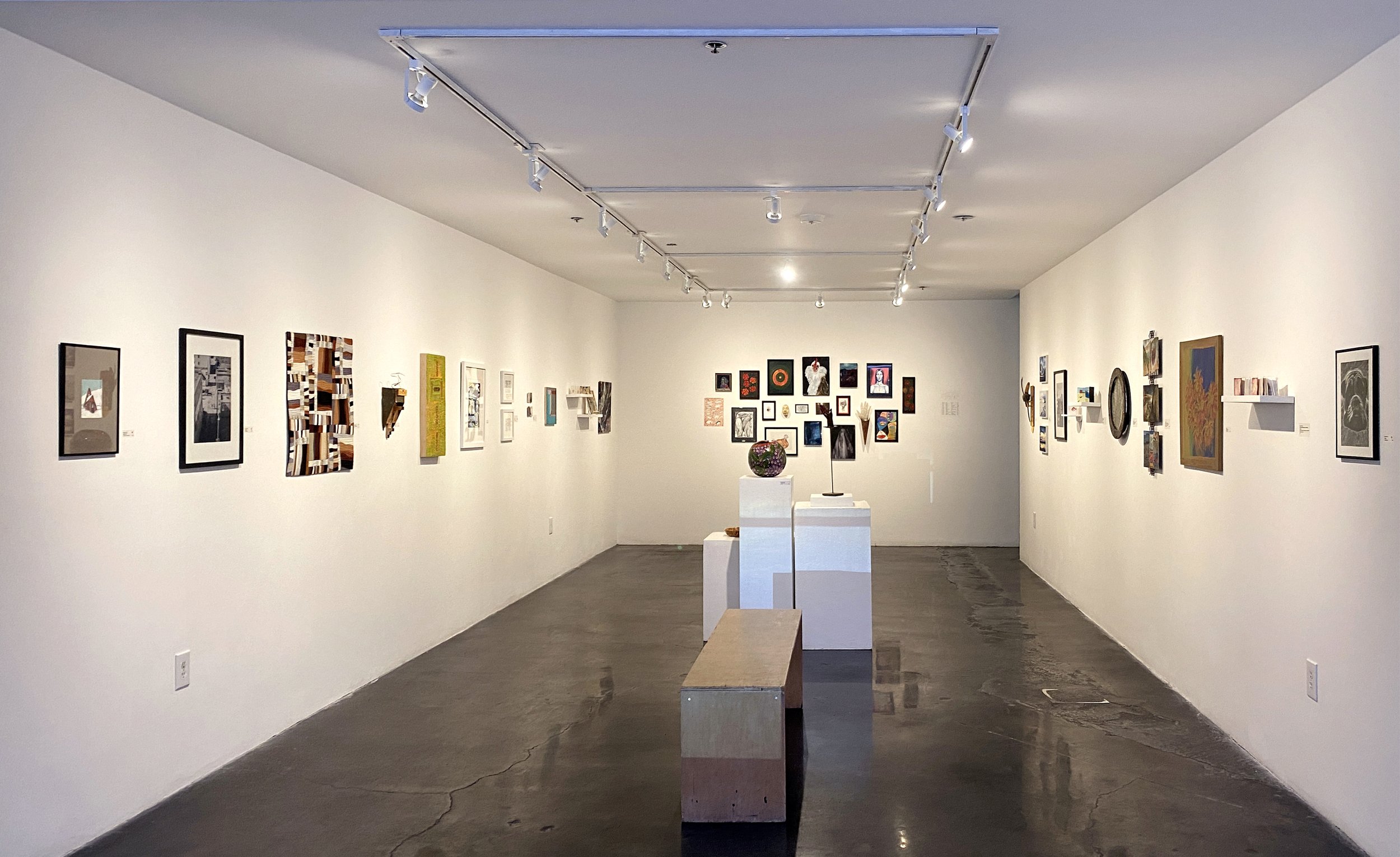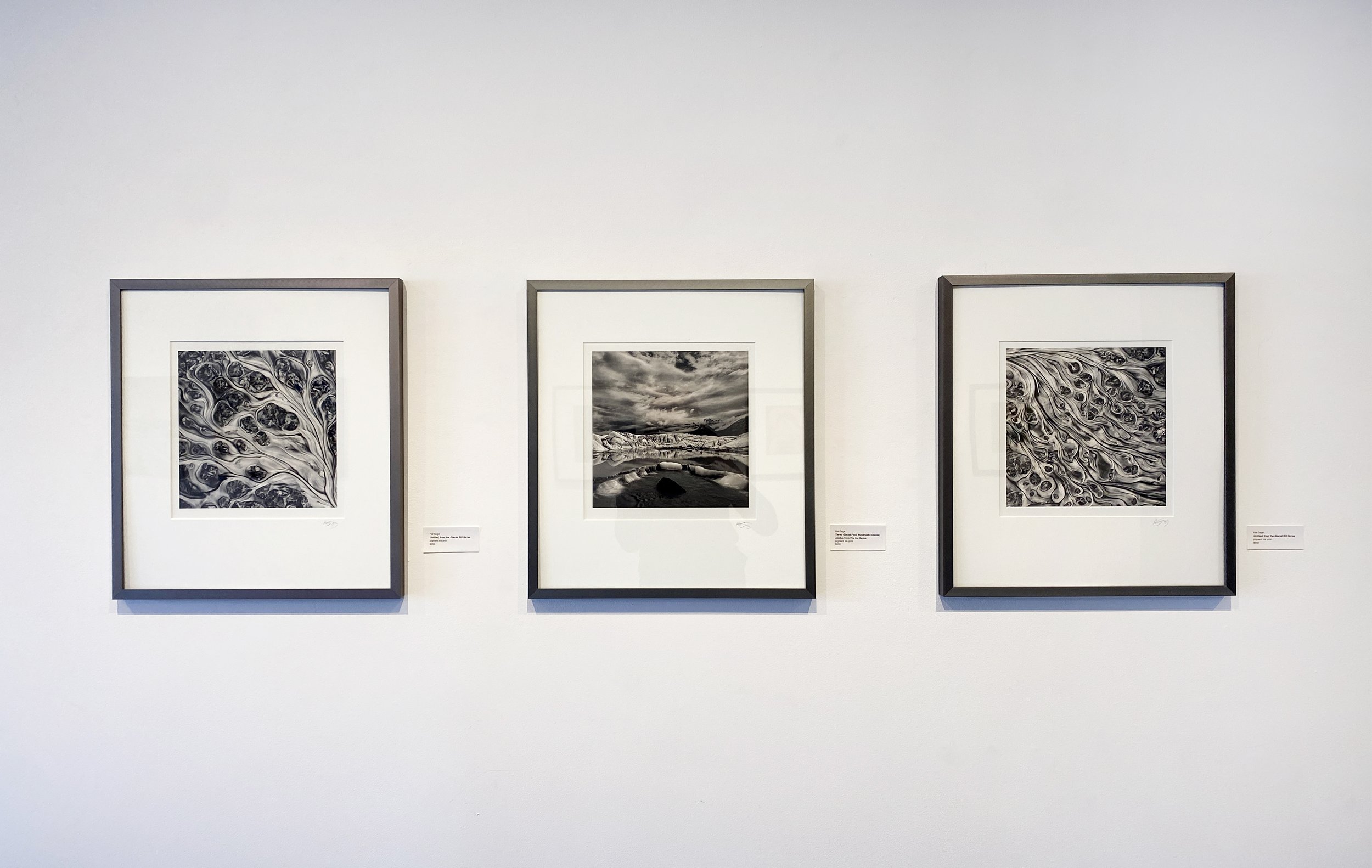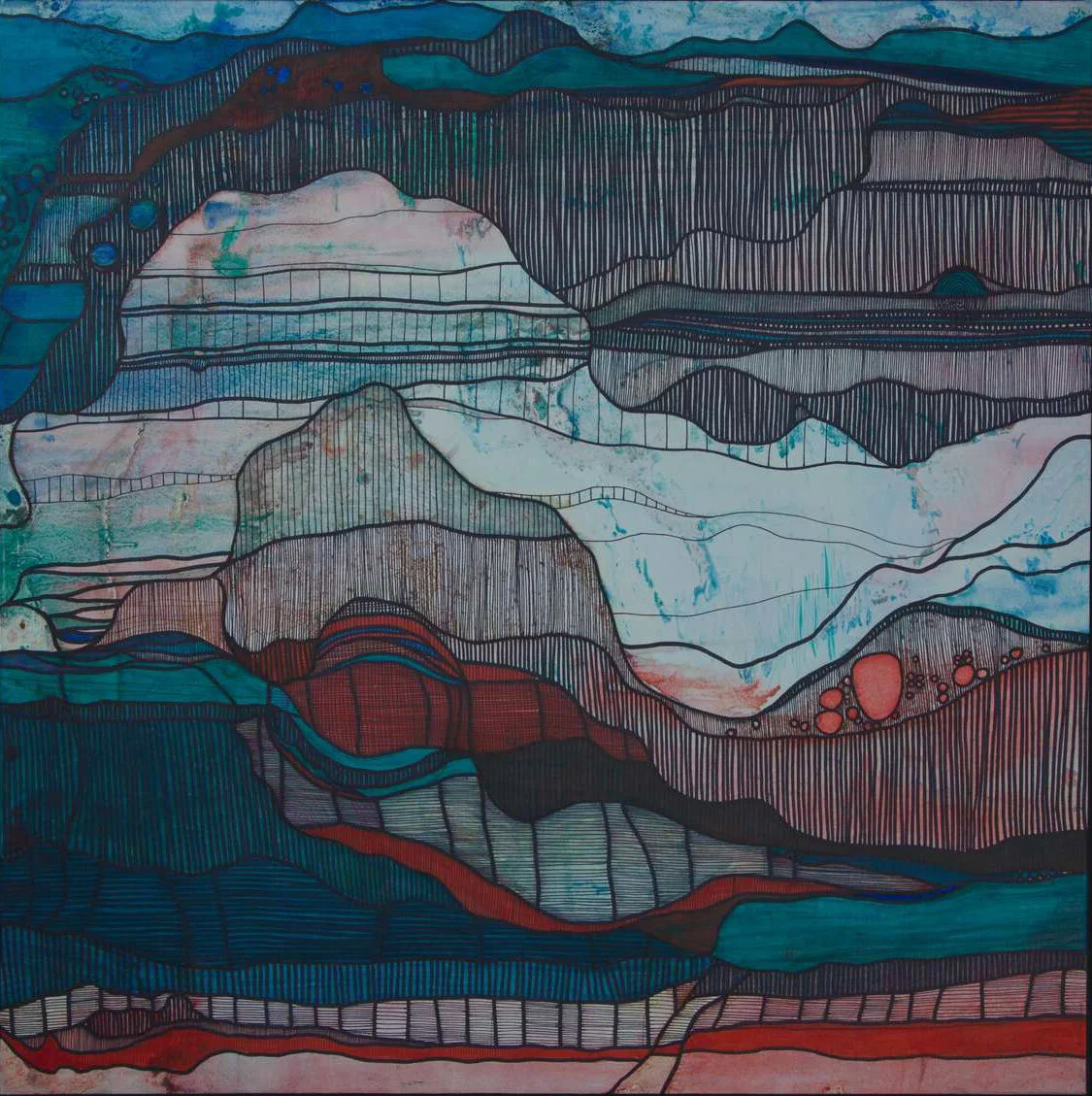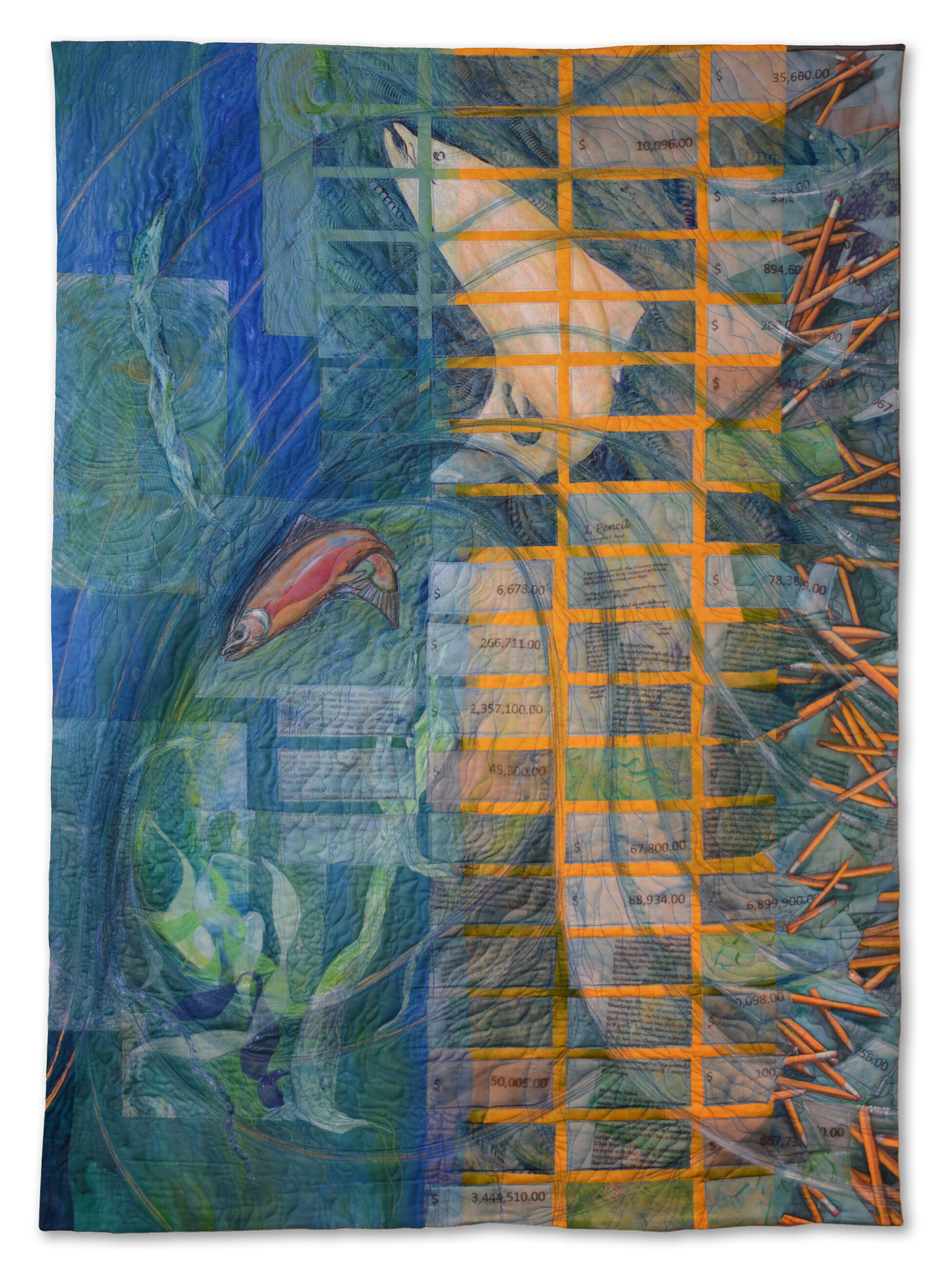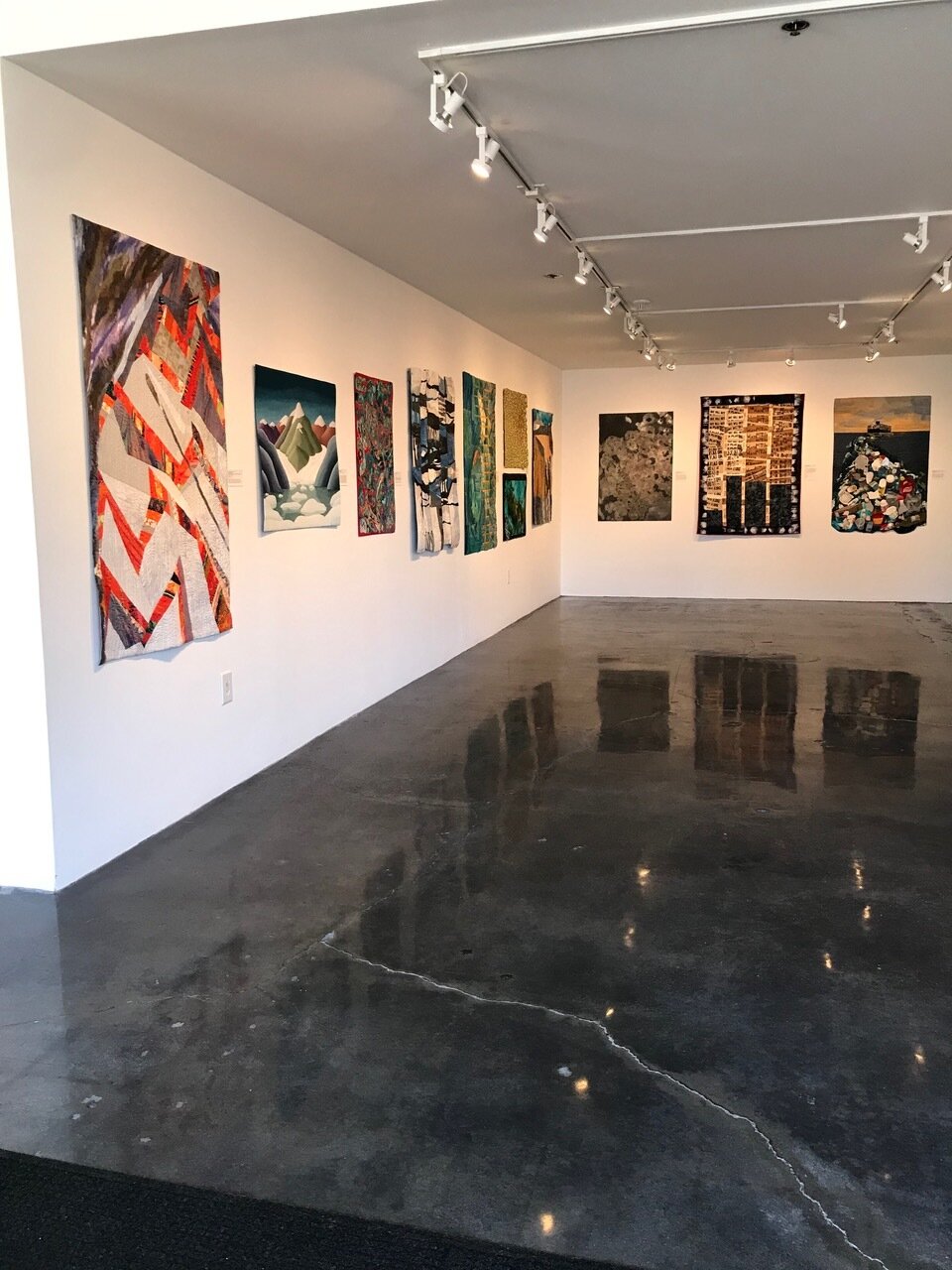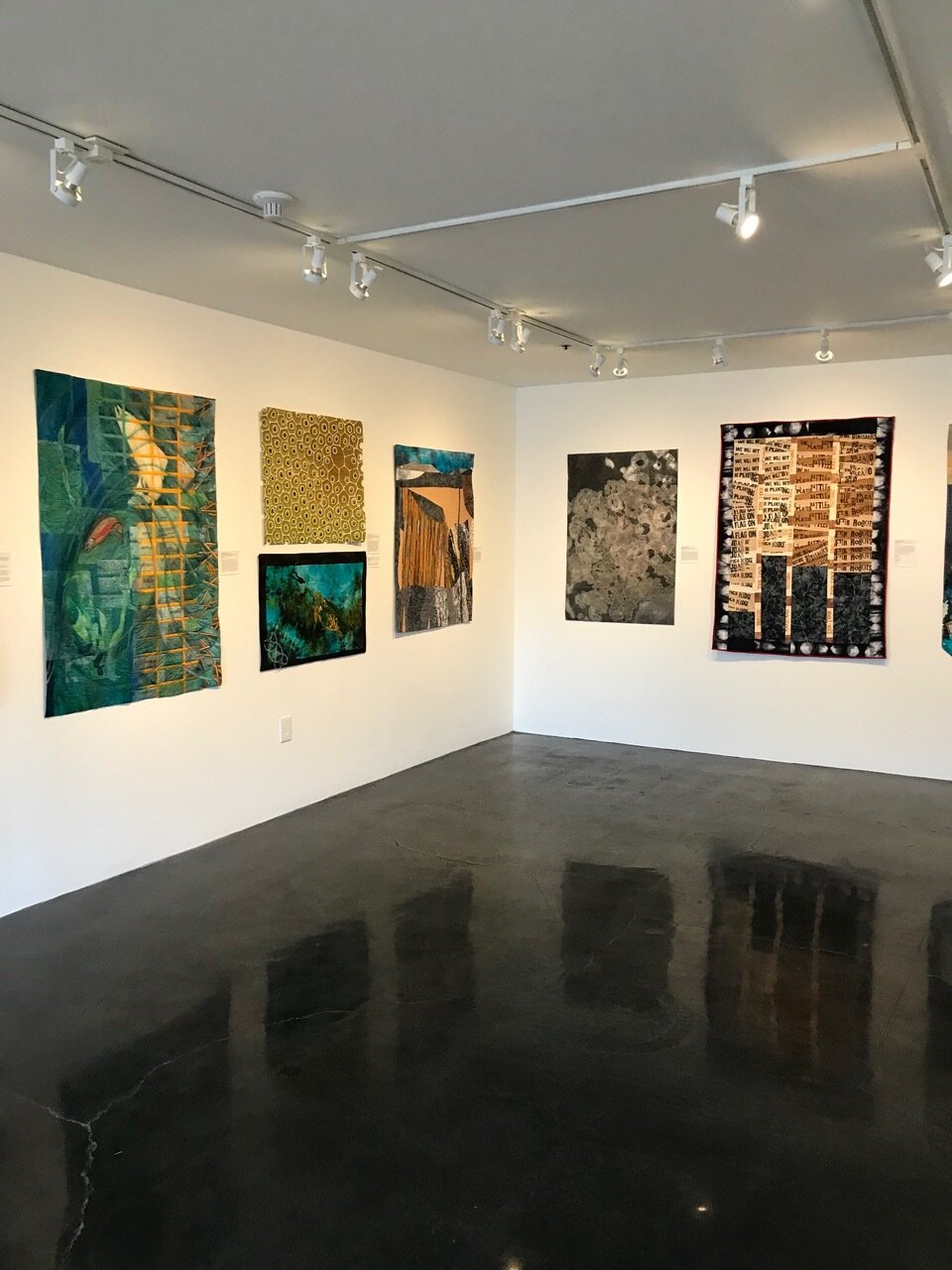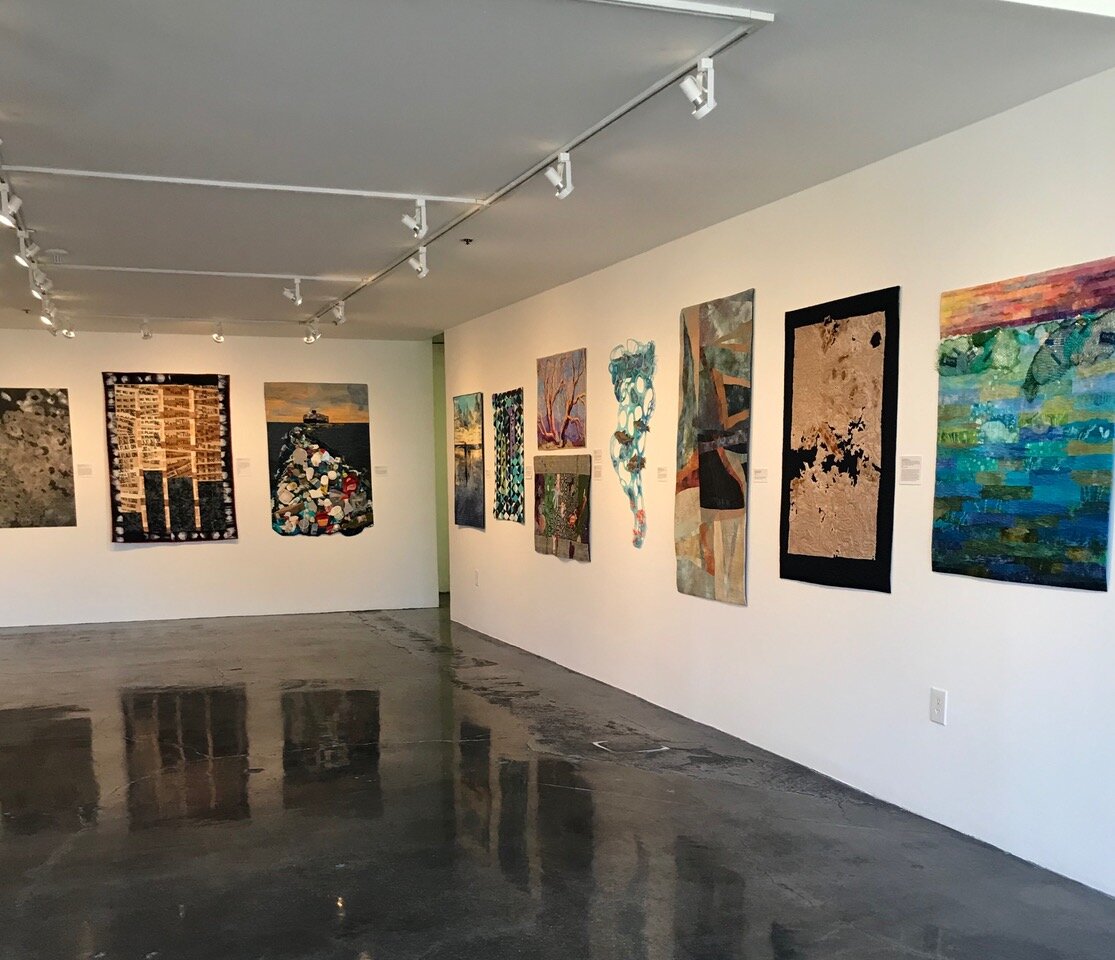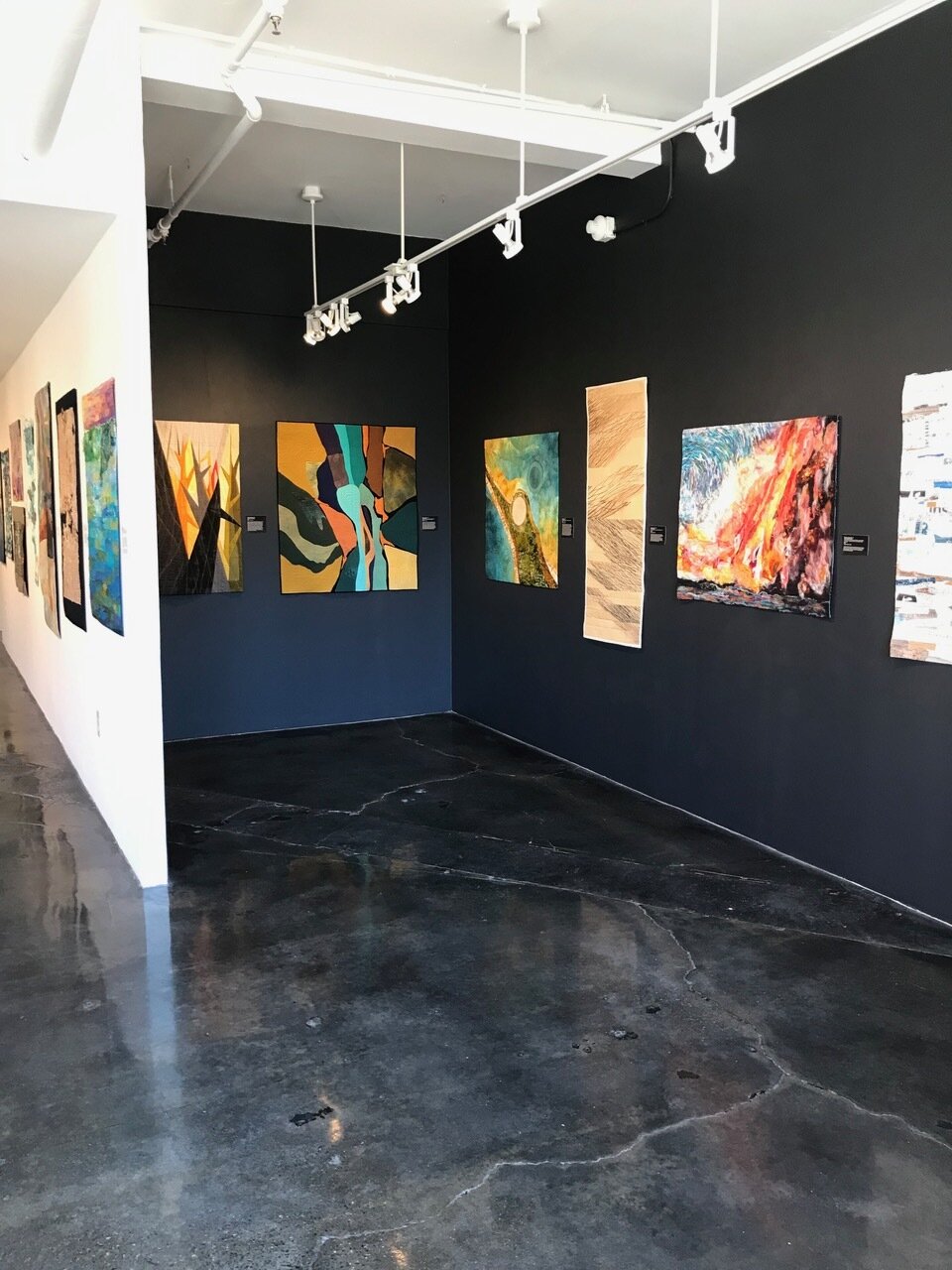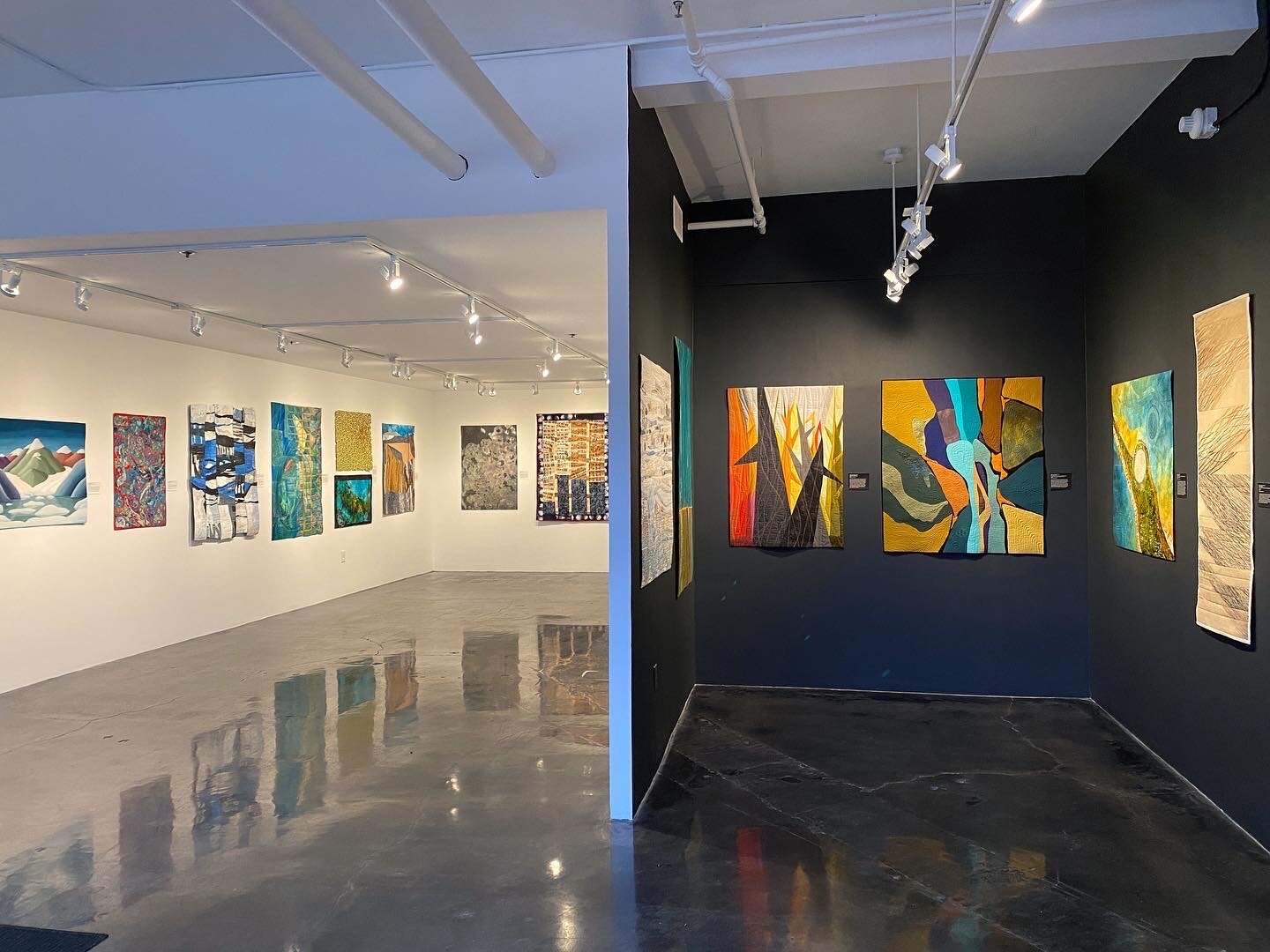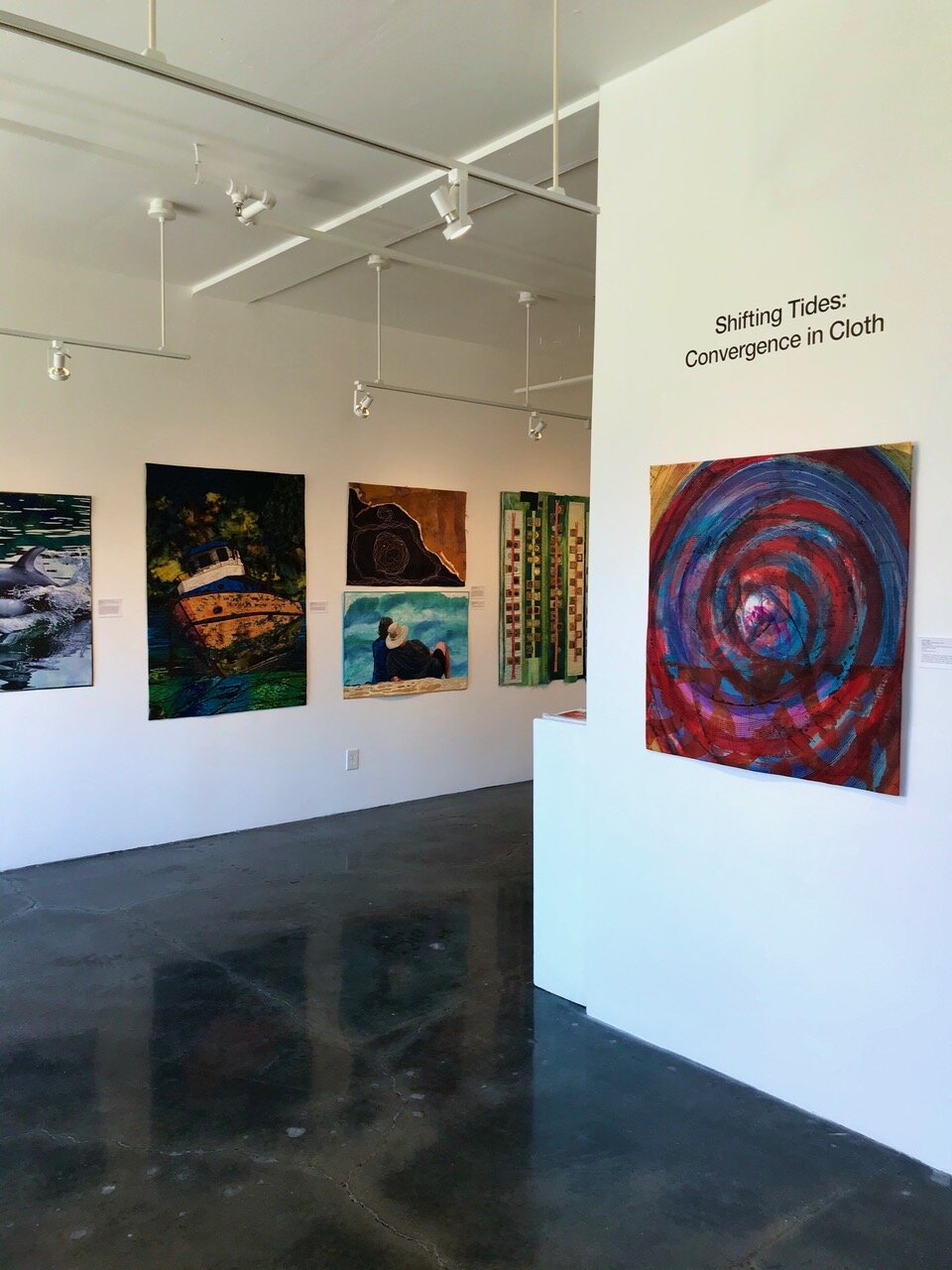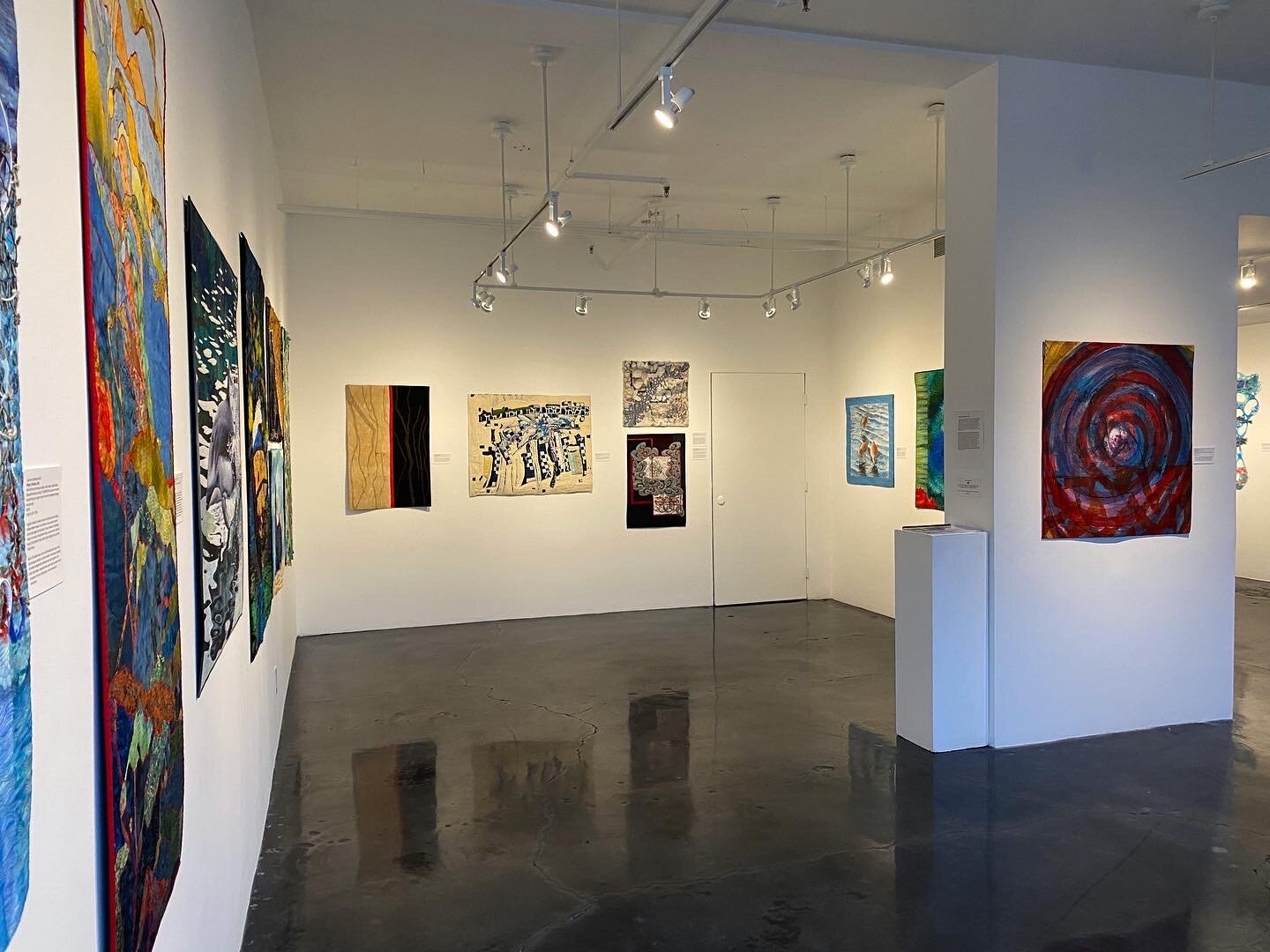MARCH 2024
IGCA MEMBERS EXHIBITION
This annual exhibition features new work from the gallery's membership community. This year, 66 artists included over 100 artworks for exhibition.
Artists included: Sami Ali, Meg Anderson, Fred Anderson, Christina Barber, Elizabeth Belanger, Audrey Berg, Barbara Bigelow, Kayo Bogdan, Rheanne Bouchard, Albert Bowling, Randall Carlson, Sally Carr, Sharlene Cline, Kate Danyluk, Joshua Demain, Connor Duffy, RJ Fontaine-McHendry, Astrid Friend, Rachel Gebauer, K N Goodrich, Patricia Grenier, Paul Hanis, Deborah Hansen, Lyndsi Harris, Judith Hoersting, Valerie Jaimes, Jody Jenkins, Susan Johnson, Arlitia Jones, Yulia Kalagaeva, Amanda Kelly, Sandra Kleven, Matt Klinn, Susan LaGrande, Petra Lisiecki, Emily Longbrake, Linda Lucky, Bert Mattingly, Iryna McCoskey, Tehya McLeod, Amy Meissner, Erica Miller, Diane Melms, Richard Murphy, Karen Olanna, Jacob Paiz, Nancy Perry, Nathan Perry, Tami Phelps, Elizabeth Pohjola, Marcia Pratt, MaryBeth Printz, J. Reto, Alex Rydlinski, Mikhail Siskoff, Lauren Stanford, Christine Sundly, Shoko Takahashi, Sandra Talbot, Irina Tova, Kathy Vail-Roche, Ron Viol, Jen Wang, Lee Waters, Lily Weed, and Xochiyollotl.
Photos by Hans Hallinen















